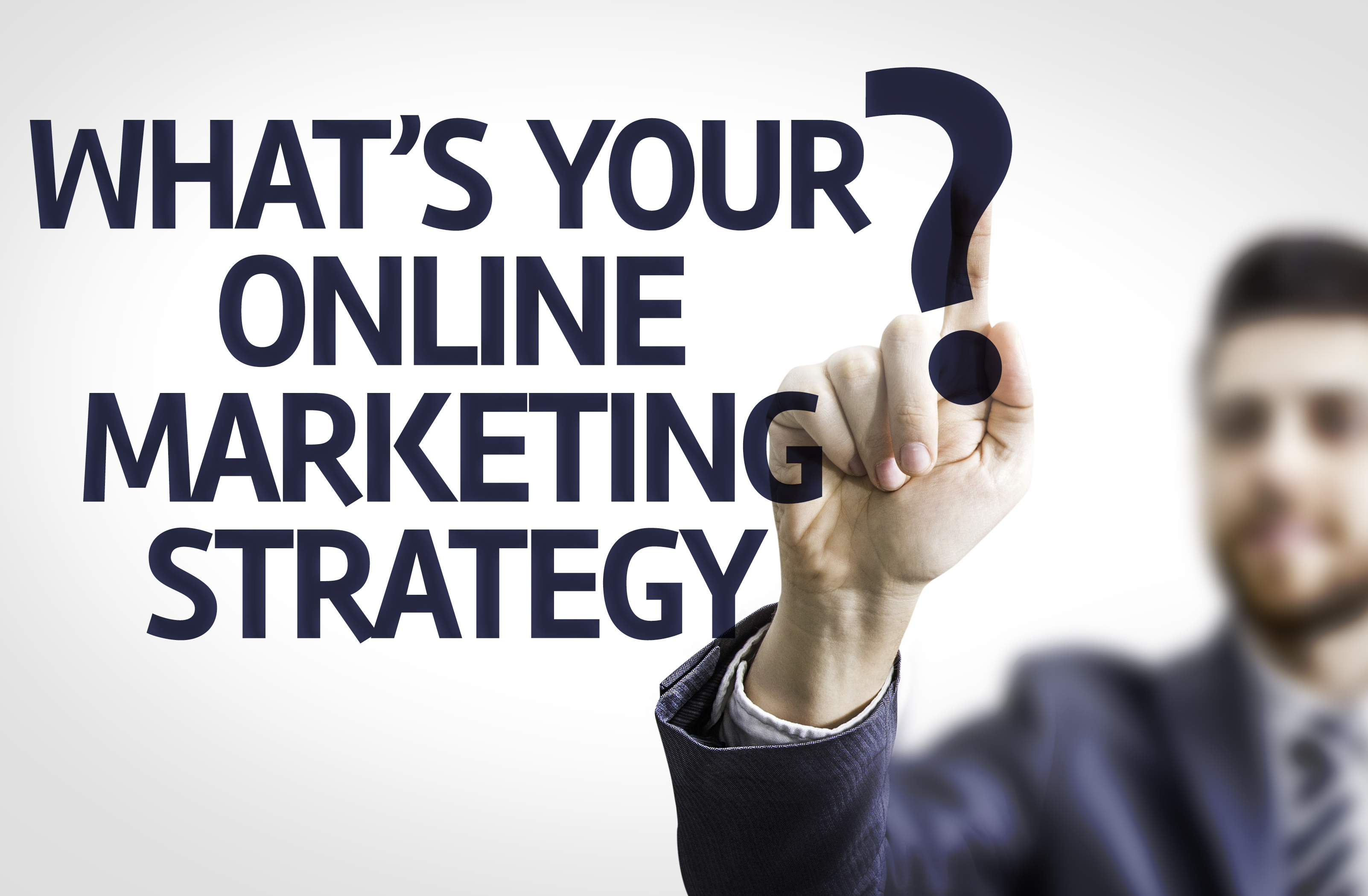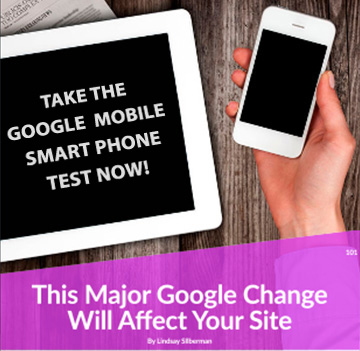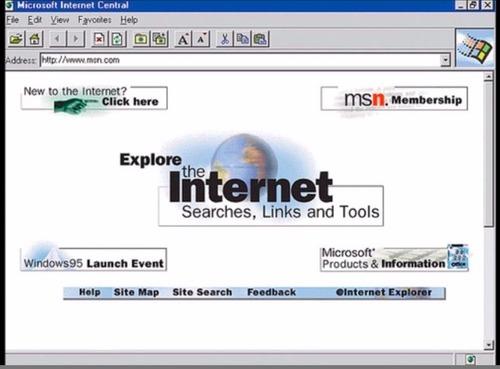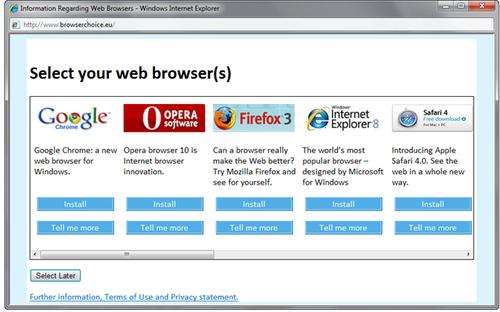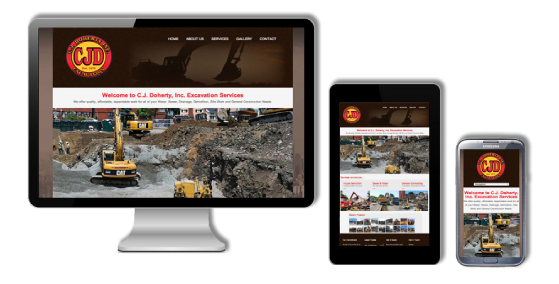A lot of businesses have had their current websites for several years and while they may be functional, they may not be optimized for SEO in the current environment. SEO is a fast changing field, and even a site that was perfect a couple of years ago may be out of date when it comes to strategy and best practices. Many articles have covered simple things a business owner can do to improve their site’s SEO and internet marketing, this article will focus on a few advanced topics. Here are five advanced SEO strategies you probably aren’t using.
- Optimize PDFs for SEO
Many people don’t realize that Google treats the PDFs on websites like webpages. Not just indexing the title of the file, but the contents within as well. For a start, this means that businesses should use keywords as they would on any other page on the site. Also, the PDFs on the site to promote can advance the company’s content marketing and SEO goals. Marketers should include keywords in their headings, give the file an SEO-friendly file name, and include all meta description options available when creating the file. Since, the links within the document count when clicked, be sure to include links back to the website in the logo (like you would on the website) and links to supporting content on the site. Finally, be sure to include as much text as possible and not rely too much on images. Google can read a pdf, but it still can’t assign an SEO score for a picture other than the information in the alt tag. So be sure to include a description to go with your graphics if you want the information to be easy to find through search. - Use Paid Promotion on Social Media to Boost Traffic
Business owners often want to improve their SEO rankings so they can increase their website traffic, but in some ways, that’s putting the cart before the horse. Google and other search engine algorithms take into account how much traffic a page gets when determining its ranking. So increases traffic to a site will boost its SEO, which in turn, boosts the traffic even higher. Social media is a great way to get the ball rolling. Most social media platforms have some form of paid promotion or ads that can be used to increase traffic. Business owners and marketers need to take advantage of these tools so they can find their target audience and lead them to their site. So long as the content is original and interesting to the audience and the targeting is done right, business owners can send a large amount of traffic for a small amount of money. And if people like what they see, they’ll come back to see more and share the link with friends. This sort of activity will boost a site’s SEO ranking. - Continuously Create Quality Content
There are a lot of ways that website owners can improve the structure of their site and SEO-friendliness of the content, but the one algorithm-proof method to improve a site’s search ranking is to continuously create content that’s useful to the audience. Though it may take effort and resources, businesses should endeavor to create blog posts and other forms of content for their site on a regular basis. This benefits the site in several ways. First, the SEO visibility of a site increases with the number of pages indexed, so continuously adding content provides more content for search engines to index. Secondly, creating blog posts that are topical, interesting or that answers a question takes advantage in the changes in the way people search and use the internet. People are searching for the answers to specific questions or looking for interesting things to share with their friends. Creating this kind of popular content will serve a business better than the most SEO-optimized traditional About Us page. Just be sure that the created content is SEO friendly. - Use Niche Directories
Many website owners are guilty of throwing the baby out with the bathwater. At one point, directories were a large part of SEO, but now being listed in the wrong kind of directory can lead to a Google penalty. Understandably, many website owners have avoided all directories to be safe. However, this is overkill and deprives businesses of a very useful tactic. Niche directories are small directories created to serve a very specific community. If you’re a maker of handmade goods or the producer of organic foods, there are people looking at niche directories trying to find these kinds of sites. As long as the directory is targeted and useful, it’s okay with Google. Do a local search for your industry and see what directories come up and submit your site. - Focus on Neighborhoods to Improve Local
Local businesses are getting better at using the internet to find customers and changes to the Google algorithm for local search rewards small local businesses. For example, Google now divides more cities into subdivisions instead of considering each city as one unit. This means that businesses that identify their location within the city can turn up in important searches for local businesses. Businesses should try to keep a consistent name, address and phone number. Changing the NAP of a business makes it harder for Google to accurately place the business in local search radii. Additionally, businesses should include their neighborhood in website copy and marketing. This helps if someone searches for something like “deli near Southside Pittsburgh”. Also, be aware of nicknames and other ways the neighborhood could be identified, such as the dozens of nicknames for the different areas within areas of Manahattan (e.g. The Diamond District in Midtown).
So those were five advanced tips for SEO you may not be using. I hope you learned something new. If you didn’t learn anything but read to the end anyway, thanks for sticking around. For a wide variety of services that can be helpful to your business contact Kelsey Media Productions.

